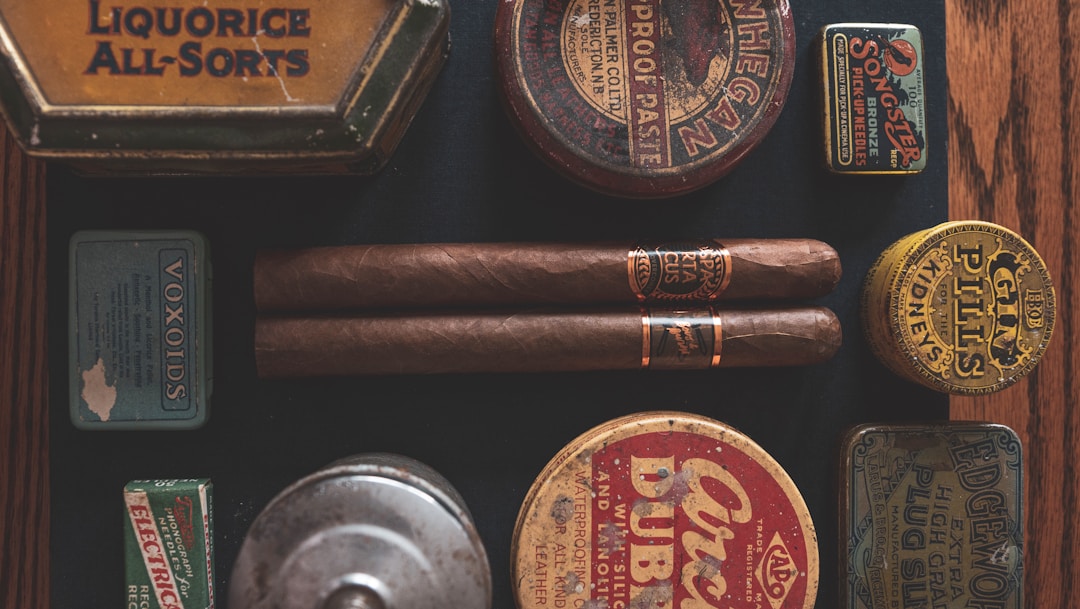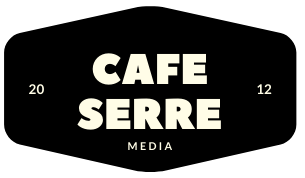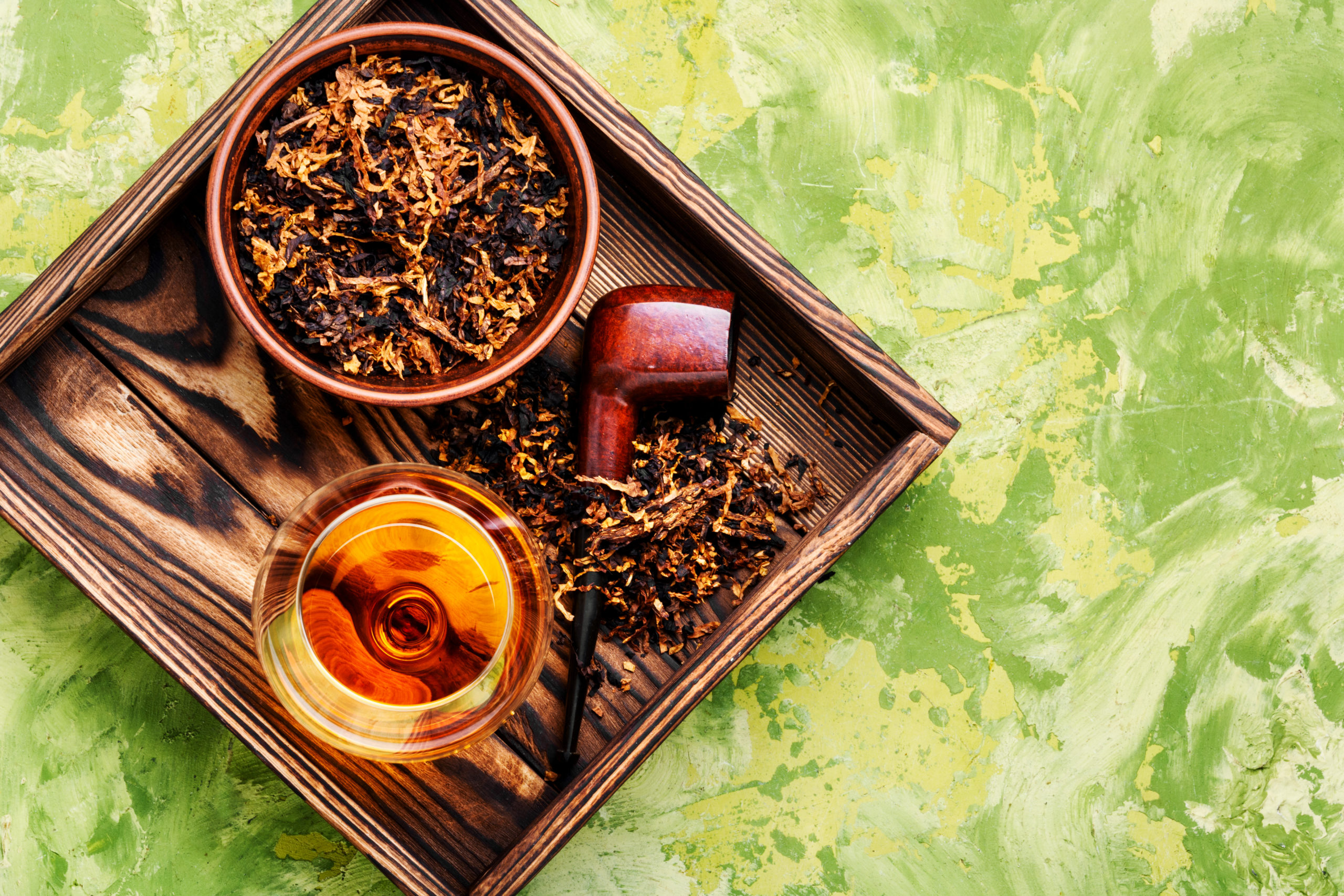Popular Types of Tobacco Products
According to the US Department of Health, the United States has over 40 million cigarette smokers, and statistics show about a billion smokers worldwide. There’s no denying that cigarettes contain harmful chemicals that can be very addictive. What’s more, smoking cigarettes can cause oral cancer, throat cancer, and other heart disease types. However, smoking isn’t the only way to use tobacco, and we’ve listed below some popular types of tobacco products.
Chewing Tobacco

Today, many cigarette smokers chew tobacco to limit their smoking addiction. It’s an age-old consumption method, and the tobacco often comes in the form of semi-dried and cured tobacco leaves. Manufacturers cut or press the tobacco leaves and place them in a chewing tobacco tin for sale. They also use several methods to produce tobacco products that are chewed. Generally, the process begins by curing the leaves to ensure they’re in the correct state for further processing. After curing, the leaves are then cut, fermented, and sweetened. Some manufacturers flavor or sweeten tobacco products to ramp up the excitement of tobacco users. The final product can come in several varieties, including loose-leaf, plugs, or twists.
Compared to cigarettes, tobacco that is chewed tends to hold the flavor for a long time which is one of the main reasons this form of tobacco consumption is popular amongst smokers. A tobacco user can place the smokeless tobacco product between the cheek and lower gum, sucking out the flavor.
Snuff Tobacco
Snuff originates from pulverized tobacco leaves. Users sniff little amounts into the nasal cavity for a swift effect. When creating snuff tobacco, manufacturers use different production processes and flavor options. Some popular flavors you may find include coffee, chocolate, vanilla, and cinnamon, and the products often come in a wide range of textures and moistness.
Dipping Tobacco
This next tobacco type comes in a finely ground and moistened form, popularly called dip. Users consume dipping tobacco by placing a tiny amount between the lip and the gum, and the dip produces a spit after every chew. Overall, many people find the flavor of dipping tobacco similar to snus tobacco types.
Dipping tobacco also has a strong usage history among NFL players. According to ESPN reports, many NFL players have a smokeless tobacco habit. Reports indicated that many NFL professional players used smokeless tobacco products, with about 75 percent admitting to having a dipping addiction.
Dipping was also a menace in the 20th century among baseball players until Major League Baseball developed strict measures for its users. Many of these sports personalities used the drug for aggression benefits.
Snus Tobacco

Many people tend to confuse snus smokeless tobacco products with chewing tobacco; however, there are very glaring differences. Snus is a moist smokeless tobacco product originating from a long-existing dry snuff variant. The products come in a loose form or precisely portioned sachets like teabags.
Snus manufacturers can use different types of chemical constituents for their production process. Generally, they use a unique manufacturing process that grinds air-cured tobacco, mixing them with brine and processing them further under more strict quality and regulatory conditions. Unlike chewing or dipping tobacco, snus doesn’t go through fermentation, and users can place it between their upper lips and gums for an extended period.
All in all, tobacco consumption comes in various forms. Many smokers prefer smokeless tobacco products because they don’t have to spit out any residue. Smokeless tobacco also helps people to tone down smoking. However, the effects don’t go away, and smokeless tobacco can lead to gum diseases tooth decay, and users have a significant risk of gum cancer. Even more, all tobacco products contain nicotine, which gives an adrenaline rush and can increase a user’s susceptibility to addiction. Despite these warnings, it’s good to know the various options for consumption.



